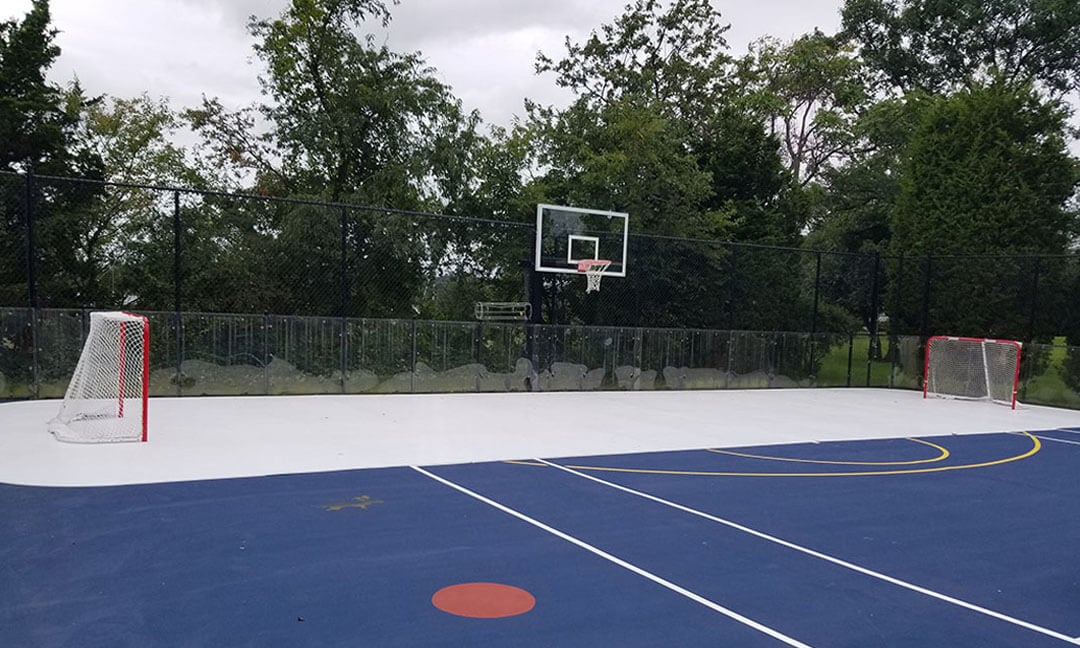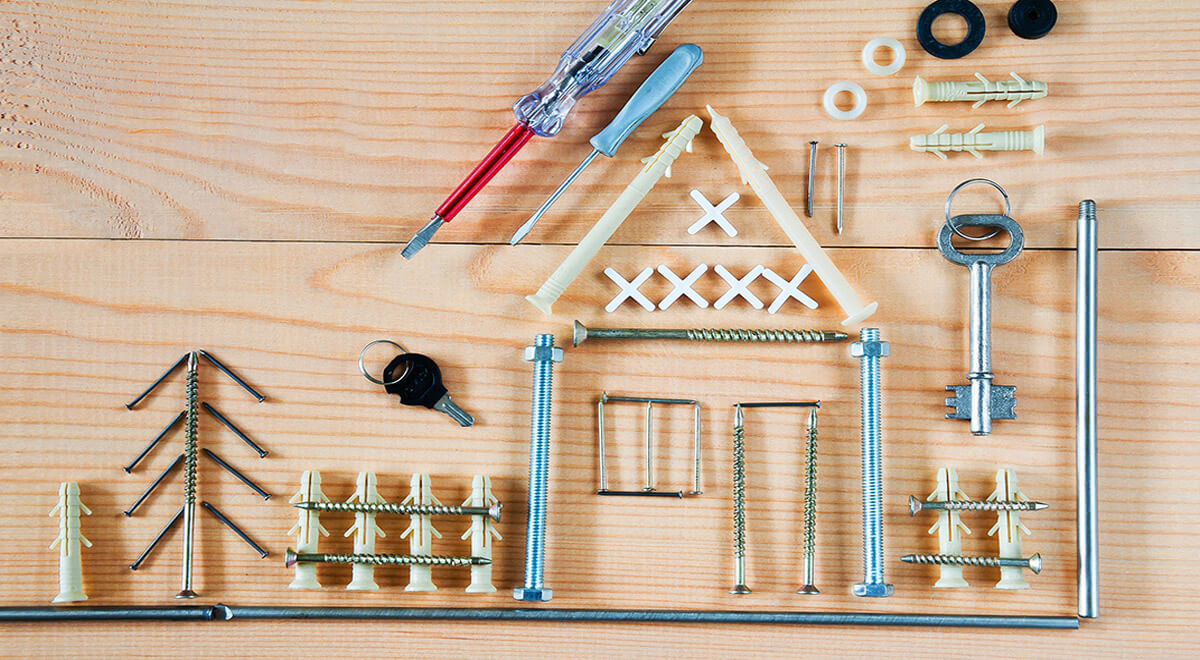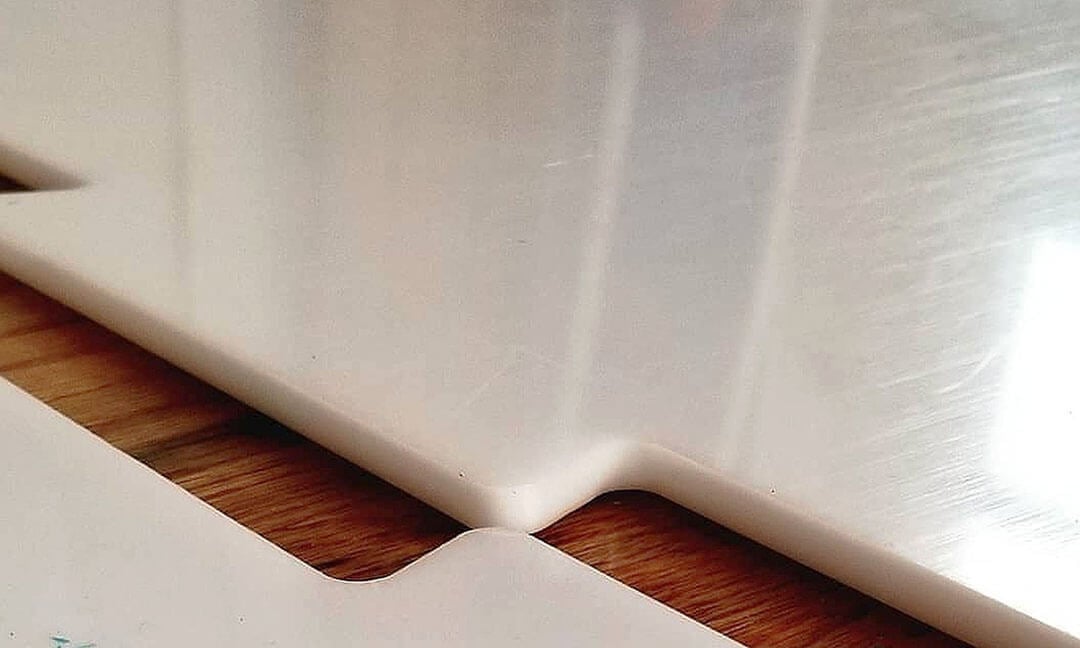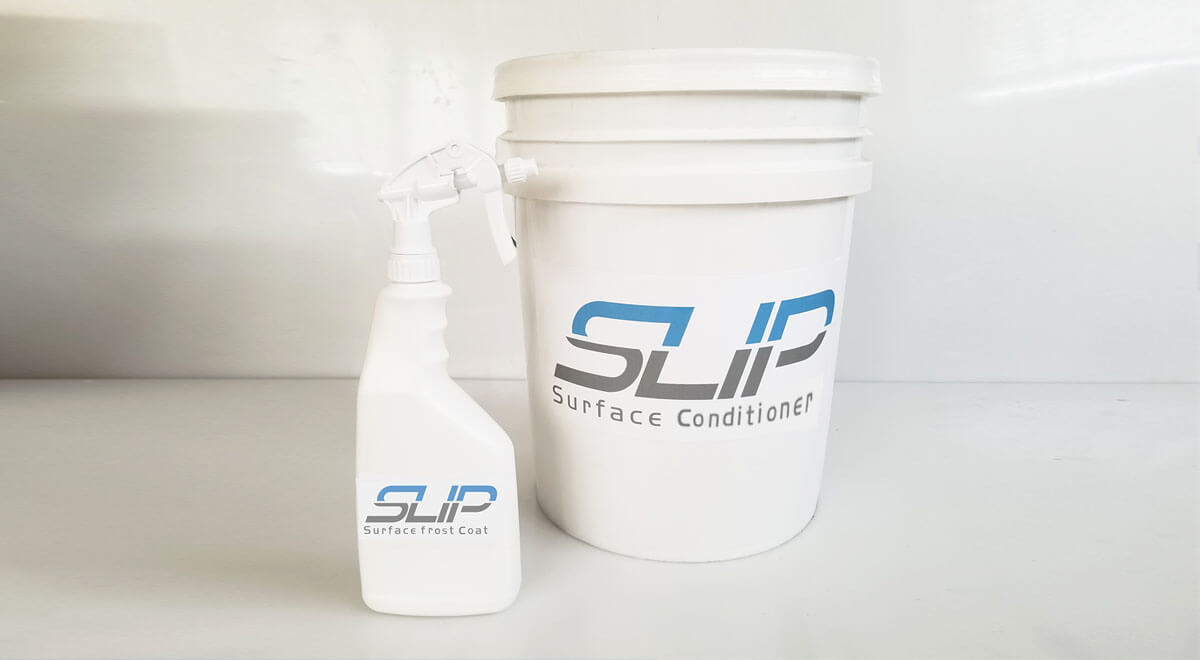10 Synthetic Ice Backyard Rink Do's And Don'ts
It's important to know the synthetic ice backyard rink "do's and don'ts" before starting your rink project
With your own backyard space, you no longer have to depend on your neighborhood rink or wait your turn.
Instead, you and your family skate when you want.
When you decide on a backyard rink, you will have three choices:
The Liner-and-Water method, a refrigerated rink, and synthetic ice.
Of these three choices, the synthetic ice option is the easiest to install, is durable, and lasts for years.
Synthetic ice consists of ultra-dense polyethylene material, perfect for a backyard setup.
And with over 10 million active ice skaters in the country, it makes personal rinks more accessible.
If you’re thinking about a synthetic ice rink, there are several do’s and don’ts to consider.
Taking these simple steps ensures you save time, money, and the stress that sometimes comes with rinks.

Time to maximize your space.
Getting the sizing and space of the rink right is one of the essential steps for a great skating experience.
First, consider the use of your synthetic ice backyard rink.
Who will be skating? Is it your 8-year-old kids?
Would older teens be practicing on the ice? How many skaters are you expecting?
These questions will help builders decide on the rink’s size.
For instance, older kids can cover the length of a smaller rink in just a few strides.
Our best advice is to maximize the space you have available.
If you can install a rink that’s 40’ or 60’ long, go for it as long as you’re not risking any critical installations nearby.
We’ve never seen someone complain about having a rink that’s too big.

1. Don’t buy synthetic ice without measuring your space.
Maximizing your space is only possible if it’s appropriately measured.
Since synthetic panels usually come with set dimensions, you’ll need to measure the dimensions of your intended rink then calculate how many boards you’ll need.
If you eyeball it, you may end up with a smaller rink or an extra set of panels.
Both errors can cost you time and money.
One of the best things you can do is first find out what dimensions the company uses for standard synthetic ice panels.
Then, use that information and a combination of stakes, a fishing line (or twine), and a measuring tape to mark off the area.
2. Do look for slopes
No backyard is perfectly flat or level.
When you set your drink down on a space that’s not level, you can feel it when you skate.
Using the fishing line or twine can also help you gauge if your yard is level.
If that’s a bit old school, pick up a laser level on Amazon that can measure at least 50 feet.
If the yard is not big enough to avoid the slope, you may need to place some plyboard or underlying wood first to keep things even.

3. Don’t choose the wrong type of synthetic ice.
The amount of use you or your family expect to get out of your rink will determine the type of synthetic ice you’ll need.
Some panels are great for indoor use or small shuttle drills.
Our Home Ice Tiles are a great example of this.
These tiles are thinner and are not recommended for long term outdoor use.
Home ice tiles are ideal for small rooms, spaces, or a temp driveway setup.
On the other hand, multiple users playing hockey or skating for hours every day would need synthetic ice panels, which are heavier, thicker, and more durable.
4. Do get help to install your backyard rink.
Everything is better with friends, and installing your backyard rink is no different.
Synthetic ice makes installation easy, but you will need help based on the size of the panels.
Some panels can weigh as much as 80lbs each (these are freight shipped), so you’ll need an extra hand to get them installed.
Once they’re in place, a heavy rubber mallet is enough to connect the panels and ensure they’re smooth and skatable.
5. Don’t forget the rink walls and other aesthetics.

Can you skate with your panels installed and ready to go?
Absolutely. Would it look and feel like a rink? Not exactly.
You may want to opt for dasher boards or trim to form the walls around the rink.
You also may want to consider the PolyGlide Ice BounceBar rebounding curb as a low cost solution to help keep pucks on the surface.
Plywood is a good option.
You can get equally sized planks and other pieces of wood to brace the planks.
However, if you want a cleaner look, plastic wall kits are available.
These kits come in different heights, and some even have plexiglass walls.
Rink walls prevent rogue hockey pucks from leaving the rink.
It’s also helpful to stop stray bodies from collisions!
6. Do clean your rink
Skating on rinks made of water or refrigerated rinks needs consistent resurfacing.
Dirt can form on the rink over time.
Rain and snow can set on the top and freeze, creating a poor experience.
To correct this, you’ll use a thin layer of water to resurface and clean the rink after clearing away snow and dirt.
It can be troublesome at times, but it’s necessary to get the most out of the rinks.
Fortunately, the process is a lot easier with a synthetic ice rink.
Skating on the rink will bring shavings from the metal skates.
This isn’t a bad thing, as those grooves make for a better skating experience.
However, these shavings need to be removed after skating.
Use a soft broom to clear away the excess shavings.
You will also notice the dirt from airborne dust and scuff marks from moving on the rink.
Since the tiles are white, these scuff marks can look unsightly over time.
A mop with warm, soapy water can clean off the extra dirt.
The more you clean your panels, the longer your rink will last.
On average, synthetic panels last for ten years.

7. Don’t forget to resurface
Just because you don’t have to worry about the ice does not mean you do not have to resurface your synthetic rink.
The friction on synthetic ice rinks can increase over time.
Some are infused with a conditioner for a smoother skate and to protect the blades over time.
Others need a special conditioner reapplied occasionally.
Find out if your rink requires a lubricant so you can get it in advance.
After cleaning your rink, you’ll simply mix a part of our PolyGlide Slip Conditioner with water and apply a mist on your clean rink.
8. Do try different things on your rink.
When we think about an ice rink, the first thing that comes to mind is ice hockey or recreational skating.
However, there are other cool, exciting sports, activities, and even events you can have on your rink.
In fact, we’ve written extensively on the different activities you can try on your backyard rink.
Using your rink in different ways builds community and increases the return on investment.

9. Dont’forget to have fun!
And ice rink can take some time and effort to set up.
When the work is over, the fun begins!
If the rink is for exercise, training, or recreation, don’t forget to enjoy yourself and your time on the ice.
Get your friends, family, and neighbors together whenever you can and share the experience.
Don’t forget to rest and stay hydrated!
10. Don’t be overwhelmed.
Setting up an ice rink in your backyard can feel daunting.
Did we measure it right? Is it big enough? Will it work?
These questions are more evident when you set up a backyard rink the conventional way.
There are far more variables to consider with refrigerated rinks and rinks with a liner and water.
Opting for a synthetic ice rink takes most of the hassle out of the setup.
With a couple of capable hands and some simple tools, anyone can set up a large backyard synthetic rink that everyone will love.
Conclusion
In the end, a large synthetic rink in your backyard brings fun for you and your family.
If you have some junior hockey skaters at home, they’ll enjoy an intense three-on-three game.
Figure skaters, adult skaters, and skating mixers (because we love skating parties) will be fantastic.
Are you unsure how to set up your synthetic rink? Do you need help with costing and shipping?
Reach out to our team, and we’ll be happy to help.
We understand ice rinks of all kinds and what you’ll need for a synthetic ice rink for your backyard.

